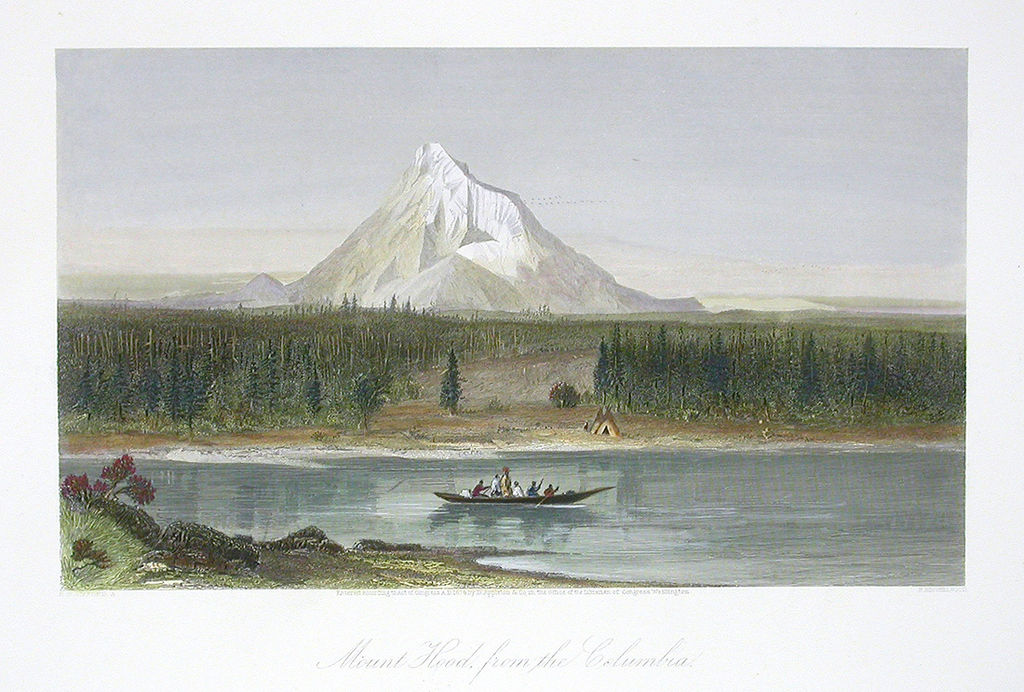Rule changes commence on September 1st, 2015 for Indexed UL (IUL) illustration. The maximum illustrated rate for the S&P 500® Index will be capped based on a formula called the Benchmark Index Account, a rolling formula of all possible 25 year periods over the last 66 years. The formula for look-back periods used to be up to the carrier, invited cherry picking of the most favorable data sets, and fostered wide discrepancies on the maximum rates.
This rule change does not truly standardize interest rate assumptions. Using the same historical benchmark one might reasonably presume the illustration interest rates would be the same for every product. Nope. Take for example new S & P 500 annual point-to-point interest rate assumptions for three different companies for their products offered.
S & P 500 Annual Point-to-Point
Life Company A:
6.86% product 1
6.45% product 2
Life Company B:
7.17% product 1
7.47% product 2
Life Company C:
5.02% product 1
6.00% product 2
5.75% product 3 survivor
6.00% product 4
The interest rate assumption differ because the formula is partly derived the product’s current annual cap and those cap rates vary among products. Cap rates offer no fixed reference point because they are subject to change at the carrier’s discretion. At best there’s a guaranteed minimum cap rate of a few points. A current 13% cap rate could conceivably be reset to 3% twenty years from now. Cap rates have generally dropped at least a point or two since I began to actively monitor them in 2011 on my website.
Regardless, a higher interest rate does not necessarily project the highest cash values or death benefit. Cost of insurance charges affect cash value accumulation. Results vary considerably depending on assumptions. Projections based on such wide variables over long periods of time should be viewed with caution, not as hard values.
To help level the playing field, consumers need to request from agents competing product illustrations using the exact same interest rate assumption. At least one comparison should be at a low rate. For example a consumer should request illustrations run at 5% to compare the premium and cash value accumulation after 10, 20 and 30 years. Consumers should request multiple illustrations. Complete illustration are easy for agent to run and email, pdf format, to allow adequate time for someone considering purchasing life insurance to review. It’s useful to solve an illustration for $1 cash value at age 100, compare the premiums and run a second illustration with the premiums being equal. It’s informative to compare competing product illustrations at really low interest rate assumption like 3%. These sort of illustrations, squeezing out the upside maximum results, reveal better the underlying cost of insurance.
This IUL rule change is welcome reform, but by no means establishes a default starting point for comparisons. The new rules help make a level playing field, but it still requires effort to line up the teams. Ultimately, what’s required above and beyond is a comparison of the product and carrier’s underlying strength rather than tweaking out the highest maximum cash value accumulation.






